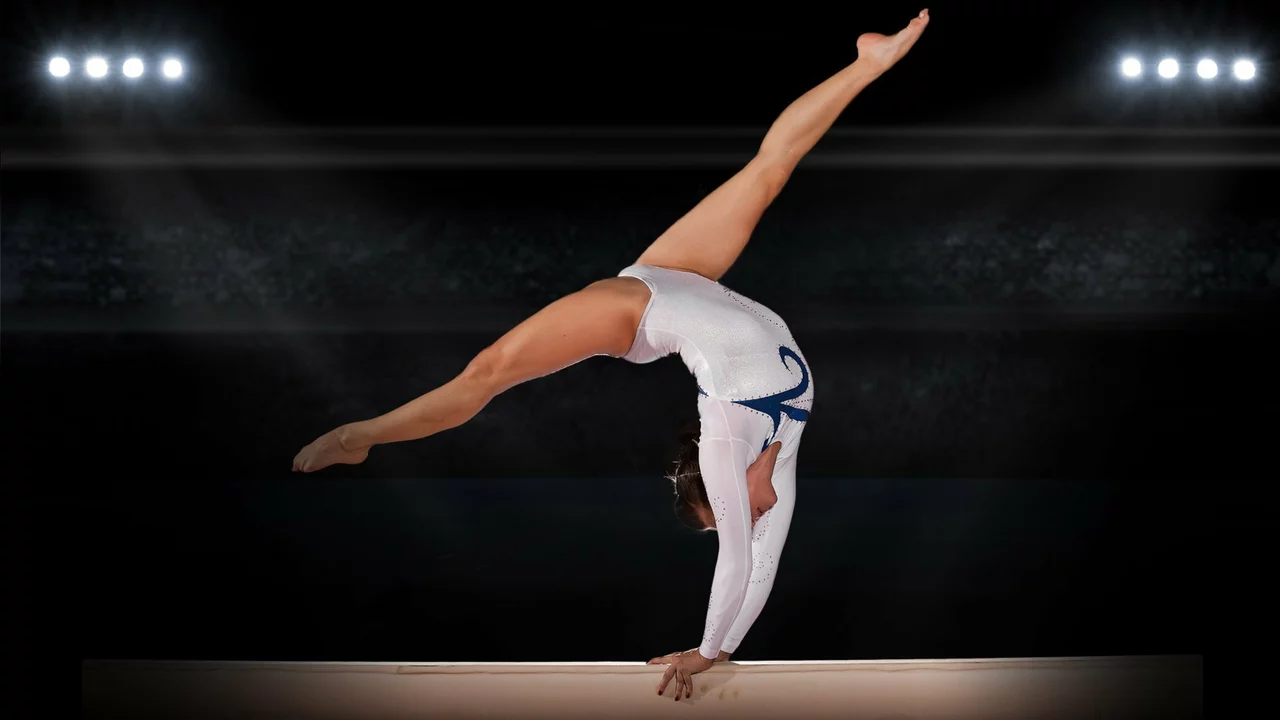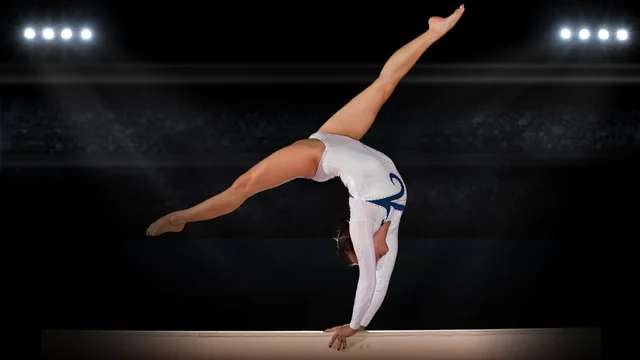Choosing the Right Dancewear and Gymnastics Attire
One of the major factors that contribute to skin chafe during dance and gymnastics is the type of clothing you wear. It is crucial to choose the right dancewear and gymnastics attire that provides comfort, breathability, and allows for unrestricted movement. The first step in choosing the right clothing is to opt for moisture-wicking fabrics, such as polyester or spandex, which help to keep your skin dry and minimize friction. Avoid cotton, as it tends to retain moisture and can lead to chafing.
Make sure that the clothing fits you well and is not too tight or too loose. Clothing that is too tight can cause chafing due to constant rubbing against the skin, while loose-fitting clothes can bunch up and cause friction. When selecting your dance or gymnastics attire, try on various sizes and styles to find the best fit for your body type. Additionally, look for seamless or flat-seamed garments, as these reduce the friction caused by raised seams rubbing against your skin.
Applying Protective Barriers and Lubricants
Another effective way to prevent skin chafe during dance and gymnastics is by applying protective barriers or lubricants to areas of the body that are prone to friction. There are several products on the market specifically designed for this purpose, including anti-chafe balms, powders, and creams. These products create a thin layer on the skin that reduces friction and helps to prevent chafing.
Before your dance or gymnastics session, make sure to apply these products generously to areas that are likely to chafe, such as the inner thighs, underarms, and any other areas where skin rubs against skin or clothing. Remember to reapply these products as needed, especially during long practices or performances. Experiment with different products to find the one that works best for your skin type and needs.
Staying Dry and Maintaining Good Hygiene
Keeping your skin clean and dry is essential in preventing chafing during dance and gymnastics. Make it a habit to shower before and after your dance or gymnastics sessions, using a mild soap to gently cleanse your skin. This helps to remove sweat, dirt, and bacteria that can contribute to chafing and irritation.
After showering, make sure to dry your skin thoroughly, paying special attention to areas that are prone to chafing. Apply a talc-free, absorbent powder to these areas to help keep them dry throughout your practice or performance. Additionally, change out of wet or sweaty clothing as soon as possible, as moisture can increase friction and lead to chafing. Bring extra clothing to change into, especially if you have a long practice session or back-to-back classes.
Strengthening and Conditioning Your Body
Proper strength and conditioning exercises can help prevent chafing by improving your body alignment, posture, and overall movement efficiency during dance and gymnastics. Focus on exercises that target your core, hips, and thighs, as these areas are often involved in movements that can cause chafing. By strengthening these muscles, you can reduce the likelihood of skin rubbing against skin or clothing.
Incorporate exercises such as planks, lunges, and squats into your regular workout routine to help build strength and improve your movement patterns. Additionally, practice stretching and flexibility exercises to maintain a good range of motion in your joints, which can also help reduce friction and chafing. Consult with your dance or gymnastics instructor for specific exercises and stretches that can benefit your unique needs and goals.
Monitoring and Treating Chafing Symptoms Early
Despite your best efforts, you may still experience some chafing during dance or gymnastics. It is important to monitor your skin regularly for signs of chafing, such as redness, irritation, or discomfort, and address these symptoms as soon as possible to prevent them from worsening. If you notice any chafing, stop your activity and assess the affected area.
Clean the area gently with a mild soap and water, and apply an over-the-counter hydrocortisone cream or ointment to help reduce inflammation and promote healing. Cover the area with a breathable, non-stick bandage to protect it from further friction. If the chafing is severe or does not improve with at-home treatment, consult a healthcare professional for further evaluation and care. Remember to listen to your body and give yourself ample time to heal before returning to your dance or gymnastics activities.



Comments
I love that you mentioned moisture wicking fabrics.
Solid advice here. I always make sure my leotards are a snug but not crushing fit, and I keep a small bottle of anti‑chafe balm in my gym bag. After a sweaty practice I shower quickly, pat dry, and sprinkle a little talc‑free powder on my inner thighs. It’s a simple routine that saves a lot of discomfort.
When it comes to preventing skin chafe, the foundation is proper fabric selection, and no one can overstate its importance.
Moisture‑wicking synthetics such as polyester blends and spandex not only draw sweat away but also reduce the coefficient of friction between skin and clothing.
Conversely, cotton retains water like a sponge, creating a breeding ground for irritation.
Fit is the next critical variable; garments that cling too tightly act like sandpaper, while loose apparel bunches and creates hidden creases that rub relentlessly.
Seam placement matters-flat or seamless construction eliminates raised edges that act as miniature raspberries on sensitive areas.
Before stepping onto the floor, apply a thin layer of a barrier ointment or anti‑chafe balm to the inner thighs, underarms, and any spot where skin‑on‑skin contact is inevitable.
Products containing dimethicone or petroleum jelly form an invisible shield that allows the skin to glide smoothly over fabric.
Re‑application during long rehearsals is essential; a quick swipe after a water break can make the difference between a flawless performance and an uncomfortable pause.
Complement the external protection with diligent hygiene: a gentle shower pre‑ and post‑session removes residual sweat and bacteria that can aggravate friction.
Dry the affected zones thoroughly, then dust a talc‑free powder to maintain a dry micro‑environment.
Strengthening the core, hips, and thigh muscles through planks, lunges, and squats improves alignment, thereby reducing unwanted skin‑to‑skin contact during dynamic moves.
Flexibility work, such as dynamic stretches, keeps joints supple, further minimizing the risk of chafing caused by awkward angles.
If a rash does appear, treat it promptly with a mild soap, an over‑the‑counter hydrocortisone cream, and a breathable, non‑adhesive dressing.
Do not ignore early signs; the skin’s inflammatory response can quickly worsen, leading to painful open wounds.
In severe cases, seeking professional medical advice is prudent to rule out infection or underlying skin conditions.
Overall, a holistic approach-smart clothing choices, protective lubricants, rigorous hygiene, targeted conditioning, and swift treatment-creates a virtually chafe‑free environment for any dancer or gymnast.
Adding a cultural perspective, many traditional dance garments across the world use silk or fine linen, which breathe well but still need a moisture‑wicking liner for modern training.
Also, consider the direction of seams; stitching that runs perpendicular to movement can cause more rubbing than parallel lines.
For those who train in cooler studios, a lightweight, breathable compression layer can keep muscles warm without adding bulk.
Finally, always test any new product during a low‑intensity rehearsal to ensure you don’t develop an unexpected reaction.
Totally feel you, John! The barrier balms are lifesavers 😊. I always keep a travel‑size tube in my pocket for those surprise long sets.
Oh great, another reminder to use “anti‑chafe balm.” Because I was obviously going to walk around naked if I didn’t read this. 🙃
From a biomechanical standpoint, the shear stress generated at the skin‑fabric interface can be modeled using Coulomb friction coefficients; selecting a textile with a lower μ value directly mitigates the risk of shear‑induced micro‑abrasions.
While the article is comprehensive, it could have benefitted from citing peer‑reviewed dermatological studies to substantiate the recommendations.
Seriously? This is just a rehash of everything you find on Google. Nothing new, nothing useful.
Great summary! I’d add that staying hydrated internally also helps skin stay resilient, so keep the water bottle handy during practice.
What a fantastic overview! Let’s dive a little deeper: first, when shopping for dancewear, prioritize fabrics labeled “dry‑fit” or “nano‑technology” – they actively push moisture away from the skin and reduce static build‑up.
Second, pay attention to the garment’s cut; a high‑waisted legging with a seamless gusset can dramatically cut down on inner‑thigh friction.
Third, before you even step onto the mat, apply a thin coat of a silicone‑based balm (think “body glide”) to the most vulnerable zones – a pea‑sized amount is enough, and you’ll feel the difference instantly.
Don’t forget the power of a quick “powder‑check” after you towel off – a light dusting of talc‑free, cornstarch powder keeps skin dry without clogging pores.
Regarding strength work, focus on glute bridges and side‑lying clamshells; stronger glutes keep the legs aligned and prevent the thighs from pinching together during splits.
Finally, if you ever notice a red patch, treat it promptly with a cool compress and a fragrance‑free moisturizer; this will calm inflammation and speed healing.
By integrating these extra tips into your routine, you’ll not only fend off chafing but also boost overall performance and confidence on stage.